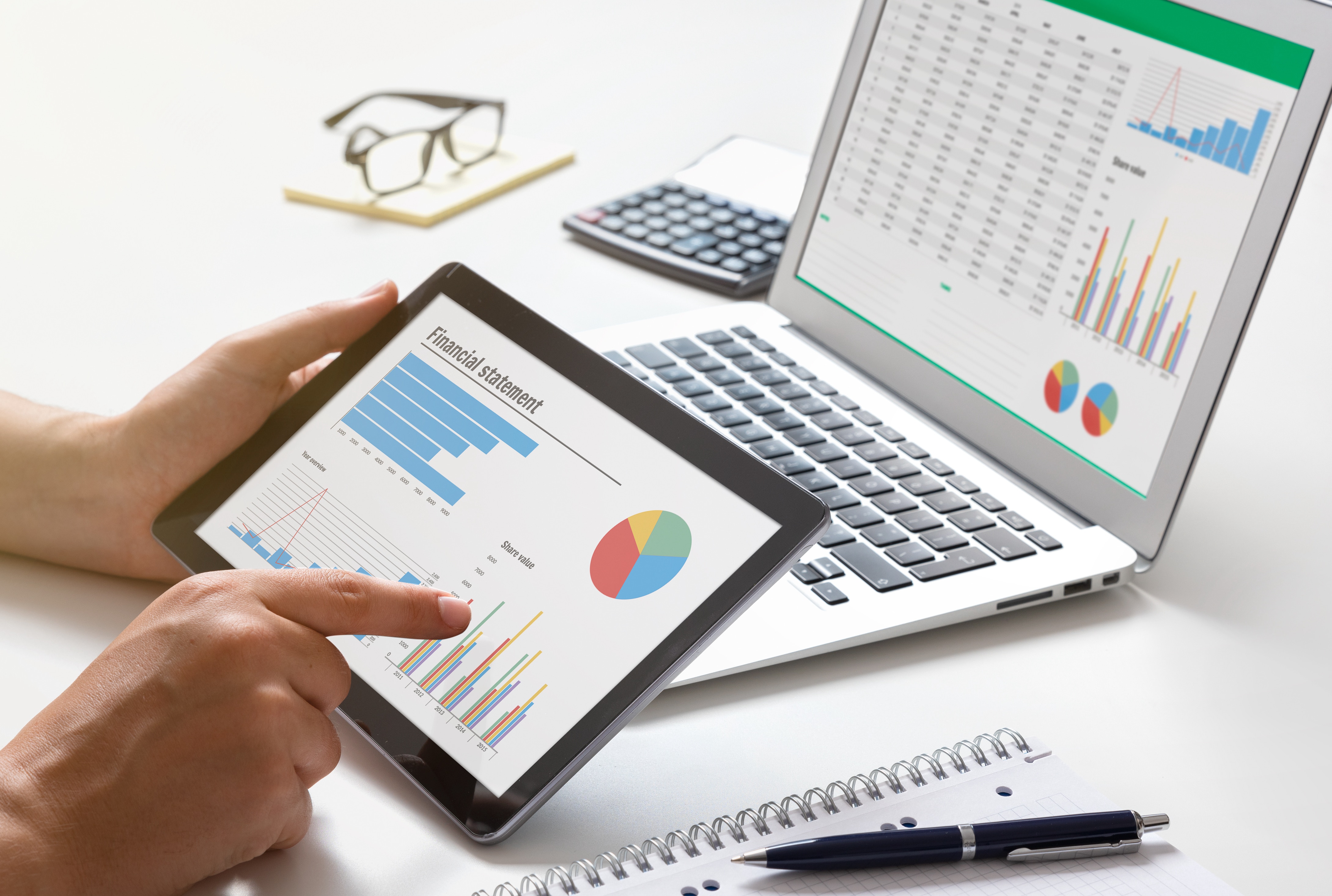A chart of accounts represents a defined list of numbers your company can use for financial reporting. This list of accounts groups similar transactions together for easier readability when investors examine your books.

How to Standardize Your Chart of Accounts
What Goes Into a Chart of Accounts?
For example, a chart of accounts could contain an account for your company’s travel expenses. The chart of accounts would define that all travel costs go in one place on the financial report. Alternatively, a chart of accounts could break travel expenses into different accounts, such as hotel expenses, car rental expenses, and meal expenses.
If all accounts in your system contain five digits, all expenses related to travel expenses could start with “55xxx.” From here, use more specific accounts for varying purposes, such as 55001 could represent hotel expenses, 55002 could encode car rentals, and 55003 works for meals. In this case, a single account has multiple meanings for your internal accounts.
Externally, or when you present information to investors, a standard chart of accounts should have several basic pieces of information in it.
A chart for financial reporting may contain:
- Assets (what you own)
- Liabilities (what you owe)
- Revenues (cash you’re bringing in)
- Cost of goods sold (how much do your products cost)
- Operating expenses (rent, utilities, labour, and more)
- Owners’ equity (how much you put into the company)
You can further break down these general financial reporting categories into more specific items, just as you can with internal accounts.
By staying consistent with the placement of accounts within your chart of accounts, you can find errors more easily, reduce your overall errors, and use recurring modules over and over again in future reports. Your accounting software likely already has standardized charts of accounts already in the system to use, or you can custom-make one for a financial report.
Why a Standardized Chart of Accounts Matters
From a financial analysis perspective, having guidelines on how to use a chart of accounts makes financial reporting extremely simple for your company. Instead of employees trying to determine the best place to code their activity, they can focus on business operations and their daily duties. Although certain rules restrict the amounts you can maintain in financial statements from being reported on tax filings, feel free to use amounts held in the standardized chart of accounts as a basis to draw information as needed.
The entire point of standardized chart of accounts is to make internal recording and external reporting easier. QuickBooks Online makes creating and editing a chart of accounts and custom reports a cinch, which saves you time and money. Keep your books accurate and up to date automatically. Change the way you manage your finances now.


